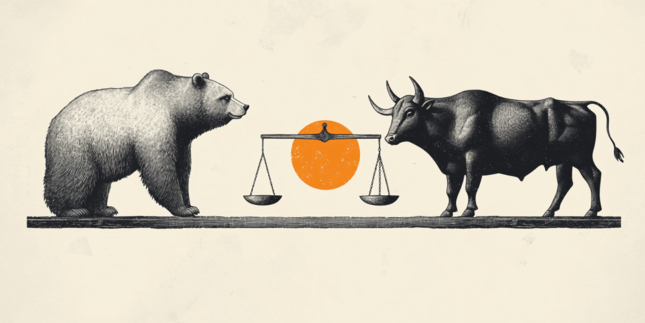The post AUD/NZD hovers around 1. 1550 following cautious remarks from RBA’s Hauser appeared com. AUD/NZD remains flat after registering more than 0. 25% losses in the previous session, trading around 1. 1550 during the Asian hours on Wednesday. The currency cross remains near 1. 1590, the highest since September 2013, reached on November 10. The Australian Dollar (AUD) may rise against its peers due to cautious sentiment surrounding the Reserve Bank of Australia (RBA) policy outlook. RBA Deputy Governor Andrew Hauser said on Wednesday, “Our best estimate is that monetary policy remains restrictive, though the committee continues to debate this.” Hauser added that if policy is no longer mildly restrictive, it would have significant implications for future decisions. On the data front, the University of Melbourne released on Tuesday that Australia’s Westpac Consumer Confidence jumped 12. 8% in November to 103. 8, surpassing 100 for the first time since February 2022. The rebound follows a 3. 5% decline in October and marks the strongest non-pandemic reading in seven years, driven by improving economic conditions and easing external risks. The AUD/NZD cross may continue its winning streak as the New Zealand Dollar (NZD) struggles amid the increasing likelihood of a 25-basis-point rate cut to 2. 25% by the Reserve Bank of New Zealand (RBNZ) in November. Markets also price in a 10% chance of a deeper 50-basis-point cut, amid rising job losses and the economy edging toward a second recession. The dovish sentiment surrounding the RBNZ policy outlook increased following the release of the RBNZ Inflation Expectations on Tuesday, which remained consistent at 2. 28% for the quarter-over-quarter (QoQ) in the fourth quarter, within the 1%-3% target range. RBA FAQs The Reserve Bank of Australia (RBA) sets interest rates and manages monetary policy for Australia. Decisions are made by a board of governors at 11 meetings a year and ad hoc emergency meetings as required. The RBA’s primary mandate is to maintain price.
